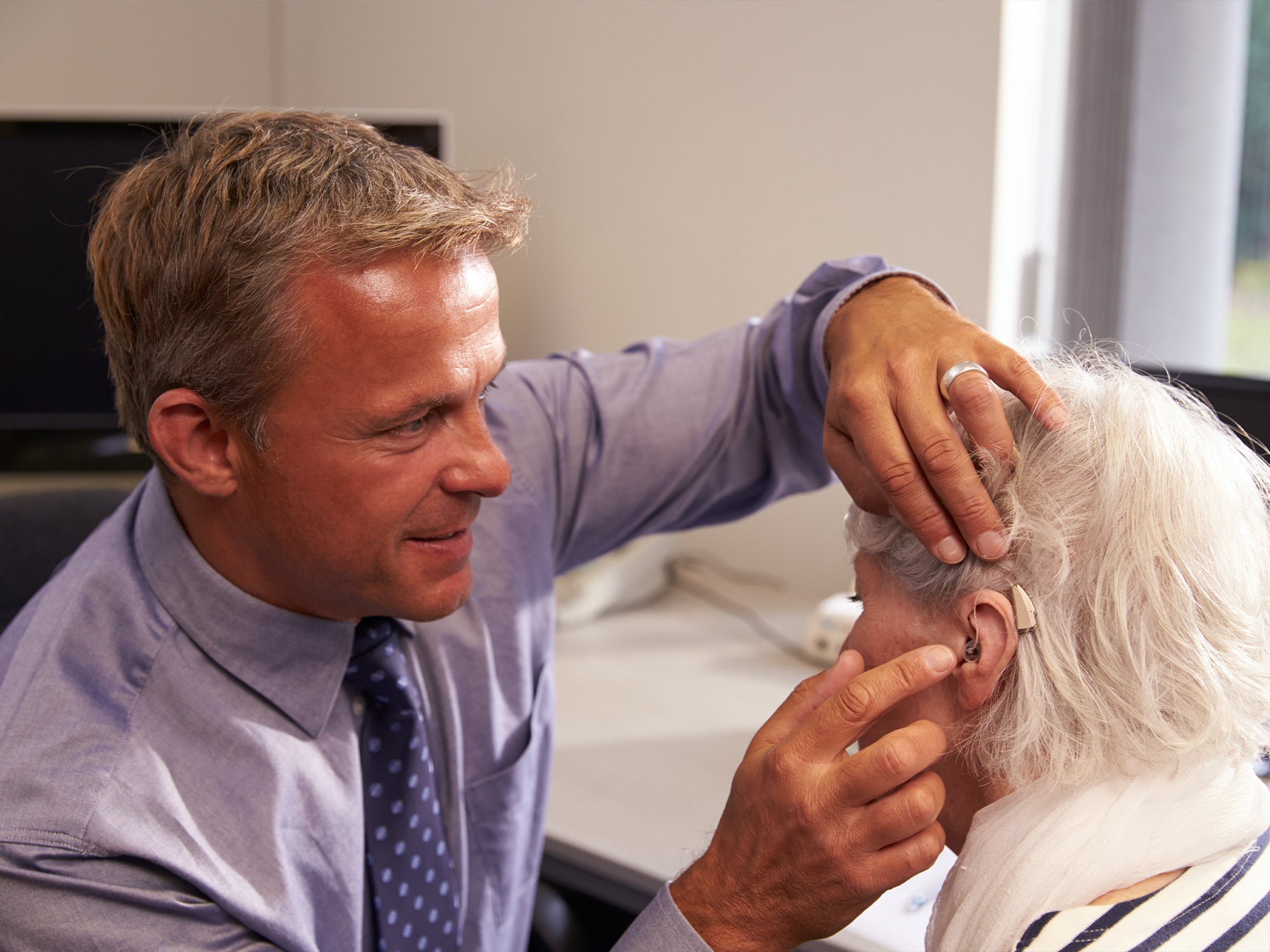Wearing hearing aids can be a great method to improve your listening experience if you have hearing loss. But it's crucial to ensure you acquire the greatest hearing aid. It's simple to become overwhelmed by the variety of alternatives accessible, given the wide range of available styles. Look at these popular hearing aid types and styles to simplify things and see how they can improve your hearing ability:
Behind-the-ear (BTE) Hearing Aids
Behind-the-ear (BTE) hearing aids are appropriate for those with mild to severe hearing loss. This device is designed to fit comfortably behind or on top of your ear, with tubing that channels sound down into the ear canal through a custom-fit ear mold or a dome form that does not obstruct the full ear canal opening. BTE styles come in various colors to complement your hair or skin tone, as well as flashier designs for a more distinctive look. The hearing aid's body is attached to a custom ear mold or thin tubing. Because this device has several components, physical skill is required to ensure accurate insertion and placement.
Common Styles Of BTE Hearing Aids
Receiver in the ear (RITE) Hearing Aid
The receiver in the ear is one of the most widely used hearing aid designs. Receiver in the canal is another name for it. They both refer to a type of open-fit hearing aid, where the speaker is housed in a removable ear dome as opposed to the hearing aid's main body. To put it another way, the hearing aid's speaker rests in the ear canal, but the microphone and processor are housed in a small case behind the ear. And are joined by a thin wire. This type of hearing aid is widely manufactured as they have a sound quality that is generally above average.
Furthermore, it is extensively utilized because, in the case of damage, the hearing aid's in-ear speaker may frequently be changed at the hearing aid clinic rather than needing to be sent to the manufacturer for repair.
Behind-the-ear with Earmold
Hearing loss of any degree, from mild to severe, can be accommodated by these BTE models that come with earmolds. Compared to other hearing aid designs, their longer shape, which follows the shape behind the outer ear, can typically include more features, controls, and battery life. Because the BTE can be reconfigured as necessary and the earmold can be changed as the child grows, earmold-style BTEs are frequently utilized for youngsters.
In-the-ear (ITE) Hearing Aids
In-the-ear (ITE) hearing aids either cover your complete ear (known as full-shell) or a portion of your ear's bowl (known as half-shell). These are ideal for persons who struggle with dexterity or handling small items. In addition, ITE hearing aids are frequently recommended by doctors for individuals with moderate to severe hearing loss. Because the complete device is contained within a single case, you will only need to insert the hearing aid into your ear to begin using it. In-ear hearing aids are particularly comfortable to wear because they are specifically built to fit your ear properly.
Common Style Of ITE Hearing Aids
In-the-canal (ITC) hearing aids
An ITC hearing aid, as the name implies, is located within the ear canal. This enables noise to be naturally accumulated and channeled by the outer ear before being analyzed and amplified. This frequently results in improved directionality detection and a more lifelike sound. In-the-canal (ITC) hearing aids are less noticeable than ITE hearing aids because they fit deeper into your ear canal. In fact, unless they are peering directly into your ear, no one is likely to notice an ITC hearing aid! An ITC hearing device is the best option for persons who desire a hearing aid that is discreet or undetectable.
Finding The Best Hearing Aid
Choosing the best hearing aid for yourself may be stressful because so many different models are available. You can try on various models when you visit your audiologist to assist you in choosing the hearing aid that fits you the best. Your audiologist will make sure that any style of hearing aid you select is customized to your needs and expertly fitted to your ears.
However, if you want FDA Registered Over-the-counter hearing aids, then the best place to find one is Fisdemo. Fisdemo offers high-grade, FDA-approved, medical-grade hearing aids at incredibly affordable prices to improve your hearing without spending much money.



Leave a comment
This site is protected by hCaptcha and the hCaptcha Privacy Policy and Terms of Service apply.